I'm not quite sure what you're asking to plot. But I know you want to visualise your scalar function of two arguments.
Here are some approaches. First we define your function.
llim <- 0
ulim <- 6.29
f <- function(x,y) {
(.156812/((2*pi)*(.000005^2)*(gamma(2/.156812)))*exp(-((sqrt(x^2+y^2))/.000005)^.156812))
}
From your title I thought of the following. The function defined below intf integrates your function over the square [0,ul] x [0,ul] and return the value. We then vectorise and plot the integral over the square as a function the length of the side of the square.
intf <- function(ul) {
integrate(function(y) {
sapply(y, function(y) {
integrate(function(x) f(x,y), 0, ul)$value
})
}, 0, ul)$value
}
fv <- Vectorize(intf)
curve(fv, from=0, to=1000)

If f is a distribution, I guess you can make your (somewhat) nice probability interpretation of this curve. (I.e. ~20 % probability of pollination(?) in the 200 by 200 meter square.)
However, you can also do a contour plot (of the log-transformed values) which illustrate the function we are integrating above:
logf <- function(x, y) log(f(x, y))
x <- y <- seq(llim, ulim, length.out = 100)
contour(x, y, outer(x, y, logf), lwd = 2, drawlabels = FALSE)

You can also plot some profiles of the surface:
plot(1, xlim = c(llim, ulim), ylim = c(0, 0.005), xlab = "x", ylab = "f")
y <- seq(llim, ulim, length.out = 6)
for (i in seq_along(y)) {
tmp <- function(x) f(x, y = y[i])
curve(tmp, llim, ulim, add = TRUE, col = i)
}
legend("topright", lty = 1, col = seq_along(y),
legend = as.expression(paste("y = ",y)))

They need to be modified a bit to make them publication worthy, but you get the idea. Lastly, you can do some 3d plots as others have suggested.
EDIT
As per your comments, you can also do something like this:
# Define the function times radius (this time with general a and b)
# The default of a and b is as before
g <- function(z, a = 5e-6, b = .156812) {
z * (b/(2*pi*a^2*gamma(2/b)))*exp(-(z/a)^b)
}
# A function that integrates g from 0 to Z and rotates
# As g is not dependent on the angle we just multiply by 2pi
intg <- function(Z, ...) {
2*pi*integrate(g, 0, Z, ...)$value
}
# Vectorize the Z argument of intg
gv <- Vectorize(intg, "Z")
# Plot
Z <- seq(0, 1000, length.out = 100)
plot(Z, gv(Z), type = "l", lwd = 2)
lines(Z, gv(Z, a = 5e-5), col = "blue", lwd = 2)
lines(Z, gv(Z, b = .150), col = "red", lwd = 2)
lines(Z, gv(Z, a = 1e-4, b = .2), col = "orange", lwd = 2)

You can then plot the curves for the a and b you want. If either is not specified, the default is used.
Disclaimer: my calculus is rusty and I just did off this top of my head. You should verify that I've done the rotation of the function around the axis properly.






